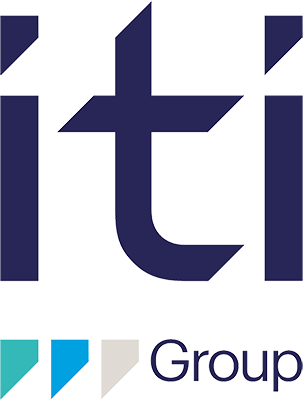Ensuring Success: Step 3 – future-proof your digital technology implementation for maximum business value

Alex Smith, MES Business Consultant, discusses the key considerations to make when starting a digital journey.
In my previous blog, I discussed the importance of understanding and analysing your current state to help define and reach your future state. Now it’s time to consider the key elements of a successful digital technology implementation.
Far too often companies will focus on the technology when looking at implementing digital tech, as discussed already this often leads to failure. A whopping 70% of major software projects fail, and we all know that doesn’t come cheap. But that’s not where it stops, the vast majority of functionality is never used.
Screens might take too long to load, the UI is clunky, the architecture is wrong etc. I could go on, the list is endless. So how do you ensure you miss these pitfalls?
Work closely with a trusted partner
It boils down to working with the right partner and you certainly should be looking at this as a partnership. A partnership that means honesty and transparency, whilst sharing your goals and challenges. You are an expert in your field, you produce your products and solutions all year round, and this is no different to digital solution providers. You should be choosing an expert in their field; you should be looking at a specialist in their solutions, not a jack of all trades!
So, your partner will bring their expertise to the table, but do they understand you and your business. Digital projects, such as MES, can be big not just in terms of work but resource requirements and cost. How will your partner ensure they don’t interrupt your production? How will they ensure they don’t absorb the resources you need for your day-to-day business?
A clear and defined project roadmap needs to be created prior to the start of the implementation. The roadmap needs to add value at every step and requires a URS1 with use cases and clear descriptions. This is linked back to the business case and value to be derived from the digital solution.
Managing change is critical to success
However, with all this talk of partners and technology, there is an area that is even more crucial to the success of your project. It’s you, your people! How is your business going to cope with change?
You’ve included your people from the start, and this will get their buy-in but it’s important to consider that digital tech will change how your business fundamentally works, and this should be addressed in the implementation. Focusing on the alignment of people, processes and technology is a key consideration in the implementation stage and to the success of the whole digital journey.
Think big, start small and move fast!
When implementing your digital tech, think long-term and not just the here and now. Your solutions should have a life span of around 10 years, and you want to continuously improve and deliver value as your business moves forward. How does your vendor do this?
It’s important that you chose solutions over software and business value over functionality. You should think big, start small and move fast! Things are always easier in bite-sized chunks! And your implementation is no different. Breaking down your implementation into a phased approach allows you to show ROI that meets company targets, integrate the tech bit by bit into working practices, demonstrate the value delivered at each step, all whilst realising the benefit from digital technologies much sooner. Frankly, a phased approach will make every aspect of the implementation easier and help your PM’s sanity.
As with the initial phases of developing the business case and justification, processes are important. When approaching the implementation, carrying out the likes of RAID2 Assessments and MoSCoW3 to ensure risks are being identified, value delivered, and implementation is prioritised for the business needs and to meet KPIs.
Coming soon – lookout for my next blog in the ‘Ensuring Success’ series, where I will be discussing the support stage – ensuring that the digital solutions selected support your business needs and deliver value today AND tomorrow.
1 According to Wikipedia ‘A user requirement(s) specification (URS) is a document usually used in software engineering that specifies what the user expects the software to be able to do.’
2 RAID analysis is a project planning technique for identifying key project Risks (R), Assumptions (A), Issues (I), and Dependencies (D).
3 According to Wikipedia ‘The MoSCoW method is a prioritization technique used in management, business analysis, project management, and software development to reach a common understanding with stakeholders on the importance they place on the delivery of each requirement; it is also known as MoSCoW prioritization or MoSCoW analysis.’
Want to learn more? Download the complete 5-step guide to ensuring Digital Transformation success.
